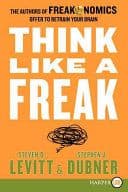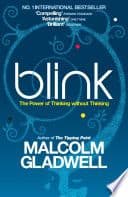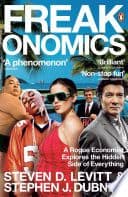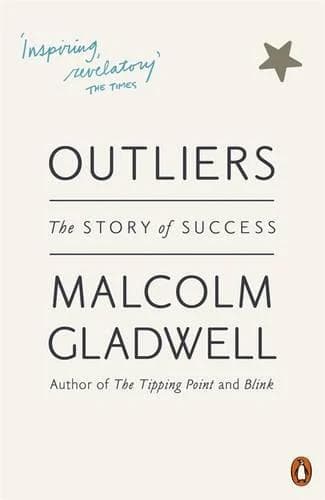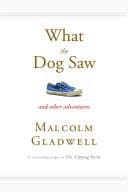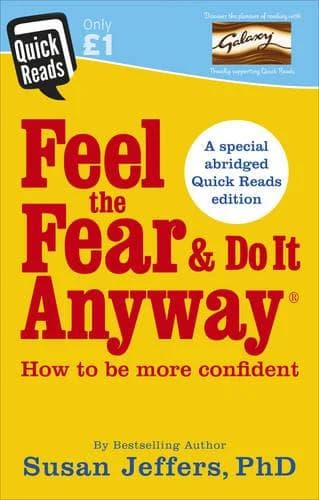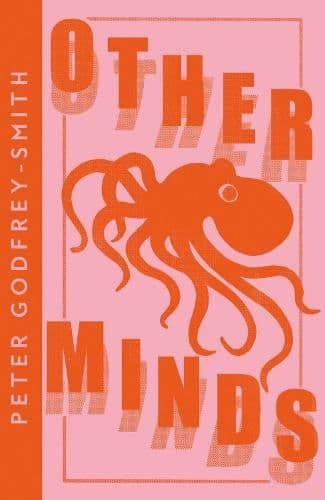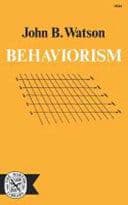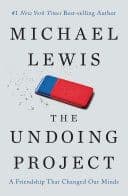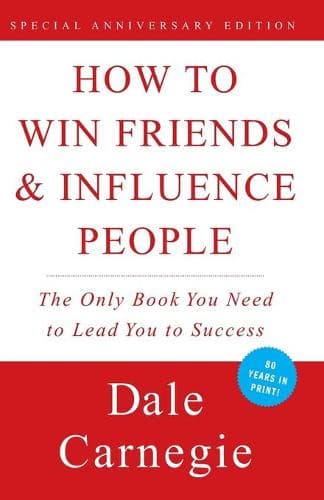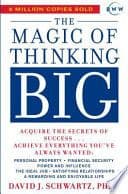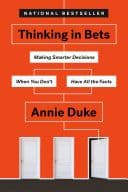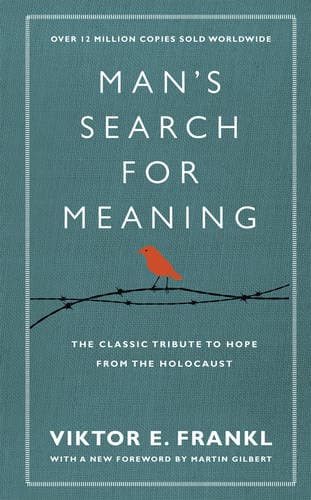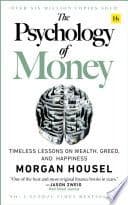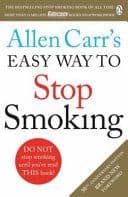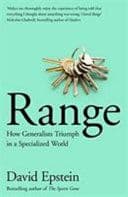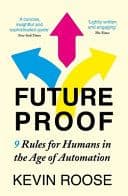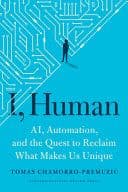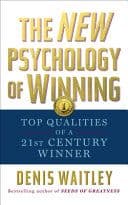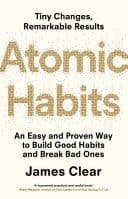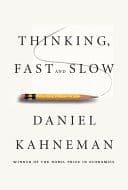
Thinking, Fast and Slow
The long-awaited work by "one of the most influential psychologists in history and certainly the most important psychologist alive today" (Steven Pinker)
DIFFICULTY
intermediate
PAGES
511
READ TIME
≈ 960 mins
DIFFICULTY
intermediate
PAGES
511
READ TIME
≈ 960 mins
About Thinking, Fast and Slow
Daniel Kahneman explores the concept that our minds runs on two gears: one fast and fluent, the other slow and effortful. He argues that their interplay reliably misleads us and hampers our decision-making.
Engaging the reader in a lively conversation about cognition, Kahneman reveals where we can and cannot trust our intuitions and how we can tap into the benefits of slow thinking. He offers practical and enlightening insights into how choices are made in both our business and our personal lives, and how we can use different techniques to guard against the mental glitches that often get us into trouble.
You don't realise it yet, but money, health, and policy hinge on these quirks. Read this to spot the traps, preserve good intuition, and know when to slow your thinking.
What You'll Learn
- Differentiate between fast and slow thinking and know when each is reliable
- Common cognitive biases such as anchoring, availability, and representativeness
- Prospect theory, including loss aversion and the endowment effect, and how they shape choices under risk
- Pitfalls like overconfidence, planning fallacy, and base-rate neglect, and apply strategies to mitigate them
- Framing, checklists, premortems, and statistical thinking to improve decisions at work and in life
- The limits of expert intuition and the conditions under which it can be trusted
Key Takeaways
- Heuristics and biases
- Prospect theory fundamentals
- Loss aversion and framing
- Regression to the mean
More in psychology



